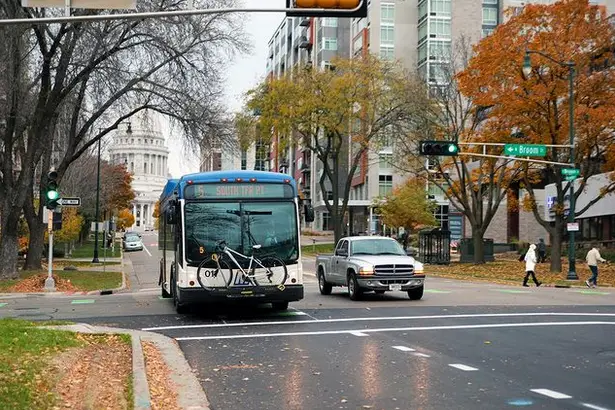Navigating Portland with TriMet: A Comprehensive Guide

TriMet is the primary public transportation system in Portland, Oregon, and for many people without a car in the city is an essential facet of city life. It offers a convenient, reliable, and eco-friendly way to navigate the city.
This comprehensive guide provides an in-depth look at TriMet’s services, including bus routes, schedules, and tips for efficient travel, along with a comparison to other public transport methods in Portland.
Overview of TriMet Services
Extensive Coverage
TriMet’s network extensively covers the Portland metropolitan area, including neighboring cities like Beaverton, Gresham, and Lake Oswego. With a vast array of bus routes, along with the MAX Light Rail and Portland Streetcar services, TriMet makes most parts of the city and suburbs easily accessible.
Cost-Effectiveness
TriMet offers competitive pricing, making it an affordable option for daily commuting and occasional travel. The standard adult fare for a 2.5-hour ticket is $2.50, while a day pass costs $5.00, offering unlimited rides on buses, MAX Light Rail, and streetcars. Reduced fares are available for seniors, students, and low-income riders.
Reliability and Frequency
TriMet is known for its reliability, with buses and trains running on time for the most part. Frequency varies depending on the route and time of day, with peak hours seeing more frequent services. Real-time information on arrivals is available through TriMet’s website and mobile app, making it easier to plan trips.

Navigating with TriMet: Tips and Tricks
Using the TriMet Trip Planner
The TriMet Trip Planner is an invaluable tool for mapping out journeys in advance. It provides the best routes, including transfers, estimated travel times, and walking distances, making trip planning seamless and straightforward.
Mobile Tickets and Hop Fastpass
For convenience, passengers can purchase mobile tickets using the TriMet Tickets app or use a Hop Fastpass, an electronic fare card that can be reloaded online or at various retail locations. The Hop Fastpass also works on the Portland Streetcar and C-TRAN services, offering a unified payment method for multiple transit systems.
Comparing TriMet to Other Public Transport Methods
TriMet vs. MAX Light Rail and Portland Streetcar
While TriMet buses cover a wider area, the MAX Light Rail is preferable for faster travel along its specific lines, especially for longer distances or commuting from suburbs. The Portland Streetcar, on the other hand, is ideal for shorter trips within the city’s central areas and offers a scenic way to explore downtown Portland.
Cycling and Walking Integration
Portland is a bike-friendly city, and many commuters combine cycling with TriMet. Most buses are equipped with bike racks, and bikes are allowed on MAX trains, making it easy to integrate different modes of transport.
Car Versus Public Transport
While driving in Portland offers more direct routes and travel flexibility, using TriMet is a more cost-effective and environmentally friendly option. It also eliminates the need for parking, which can be expensive and hard to find in downtown areas.
TriMet Summary
TriMet stands out as an efficient, affordable, and eco-friendly way to navigate Portland. With its extensive coverage, reliability, and integration with other transport systems, it represents an excellent choice for both residents and visitors.
The TriMet is a staple for locals when they’re commuting to work, as well as tourists exploring the city’s attractions, or simply enjoying the unique vibe of Portland. TriMet provides a convenient way to move around and experience the city’s diverse offerings.